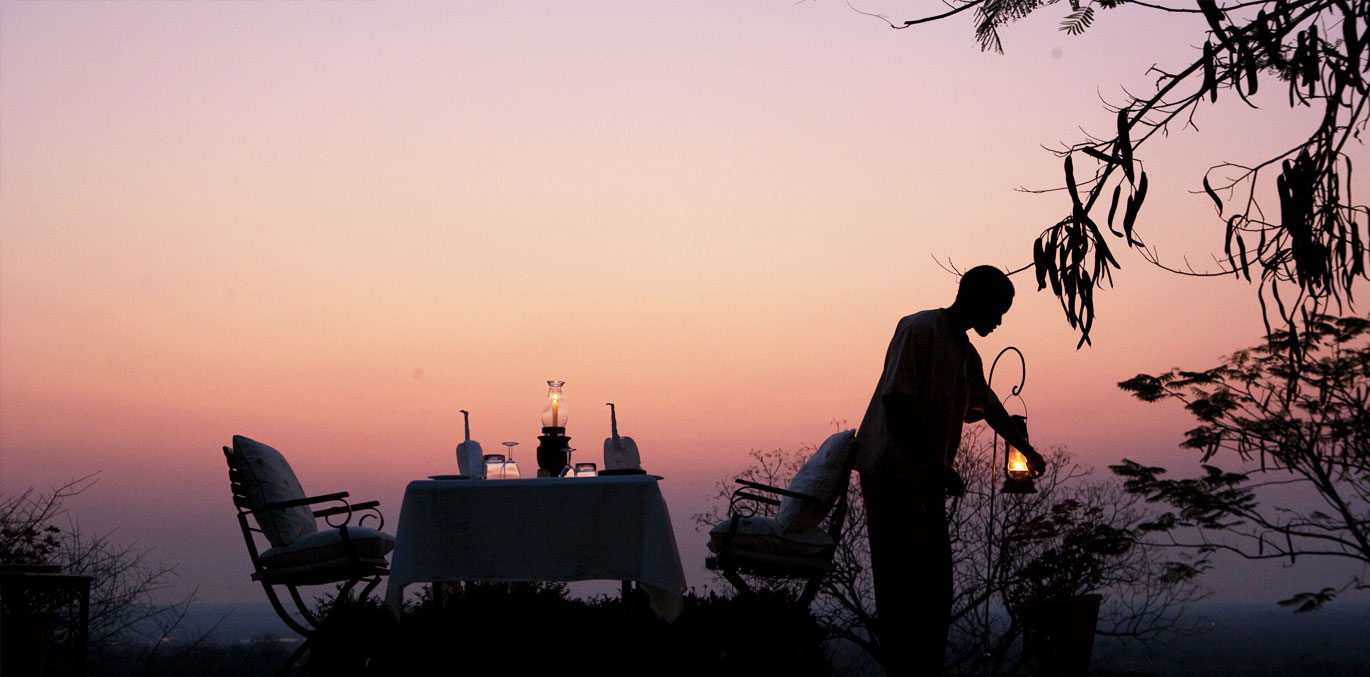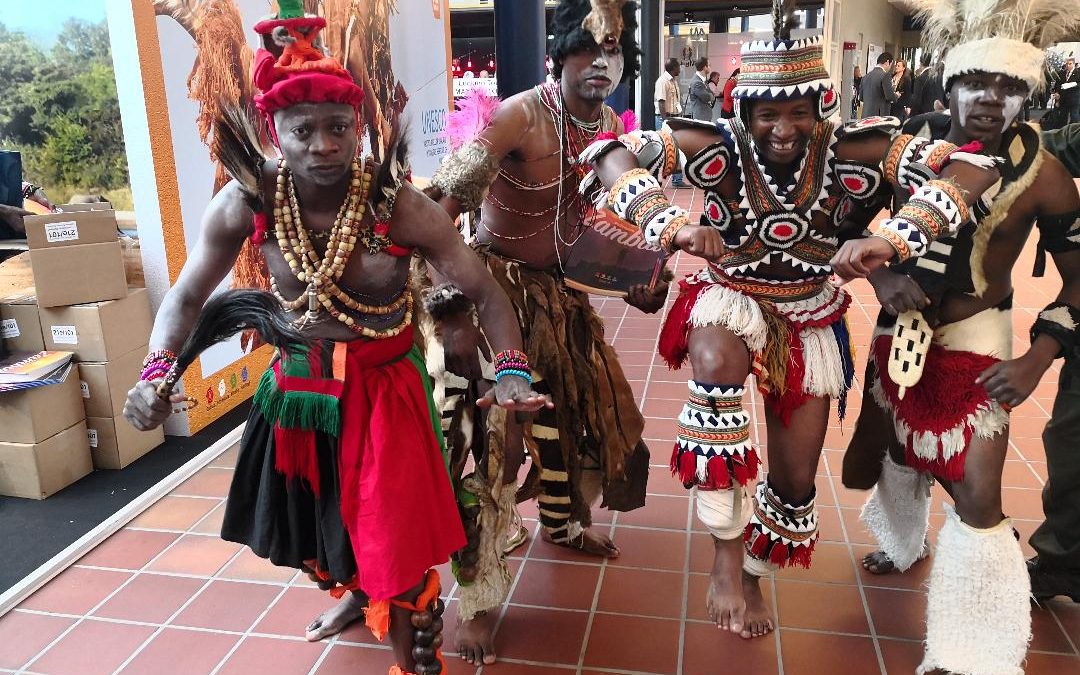Somewhere over the moonbow
The period of the full moon offers a magical opportunity to visitors of the Victoria Falls - a lunar rainbow, or 'moonbow'.
Almost all visitors to the Victoria Falls will be familiar with the daytime rainbows which adorn them, forming in the clouds of spray which rise up from the depths of the Falls - nature's finishing touches to a scene of already incredible beauty. But how many are familiar with their nocturnal equivalent, the lunar rainbow, sometimes known as a moonbow?
Each month, for three nights over the full moon (see dates at end of post), the Falls are open late into the evening to allow visitors the chance to observe this rare natural phenomenon.

Lunar rainbow over the Eastern Cataract, Livingstone, Zambia, July 2013
(Image credit: Tony Barnett Productions)
A lunar rainbow is created as light is refracted by water particles in the spray from the Falls, relative to the position of the observer. It's the same process which forms a daytime rainbow, just with light from the moon instead of the sun.
Whilst photographs of the lunar rainbow often show intense colours on a par with a daytime rainbow, the relatively poor night-time vision of humans sees only a paler version, with more subtle and enchanting colours.
Being a natural phenomenon the conditions which form a lunar rainbow vary according to the different factors involved. Clear cloudless skies are required for the moon's pale light to be strong enough to create a moonbow.
The quality of the moonbow also changes over the year, with periods of extreme low and high water being unfavourable to its formation either through too little, or too much, spray - making the full moon over the next few months some of the best to view this magical phenomena - just remember to take a torch to navigate the pathways!
Upcoming Full Moon Dates:
Sept: 8-10th
Oct: 7-9th
Nov: 5-7th
Dec 5-7th
Note: An unusually bright 'supermoon' occured in July and August, and is due to appear in September. But the supermoon of Sunday 10 August wast the most dramatic, as this was when the moon was at its closest point to the Earth. At perigee, the moon is around 31,000 miles closer than when it is furthest away from the Earth. Supermoons occur relatively often, every 13 months and 18 days. The during a supermoon the moon can be up to 14% bigger and 30% brighter than other full moons during the year.



